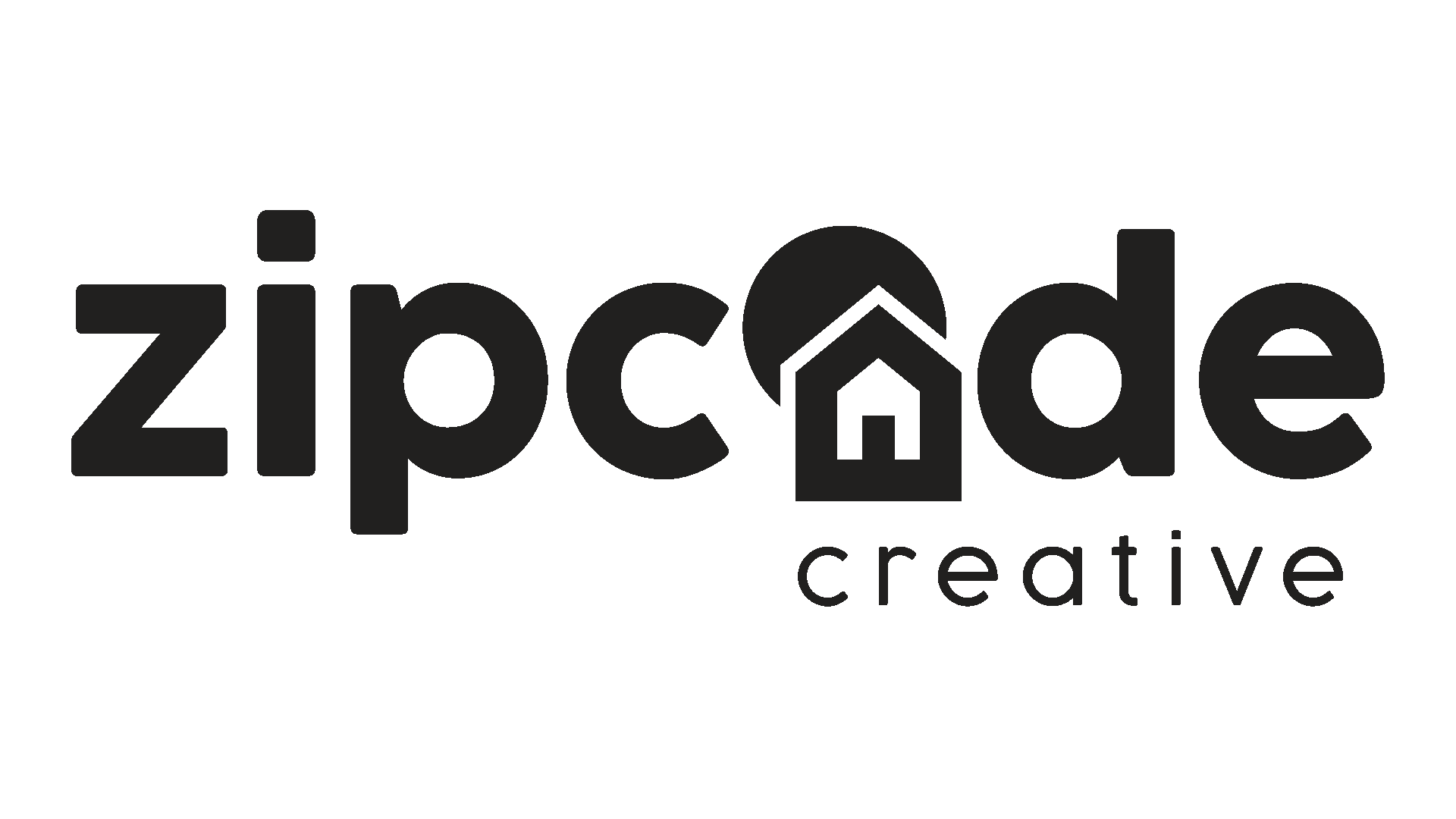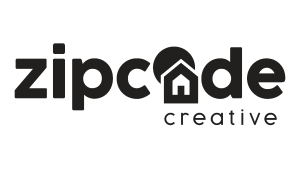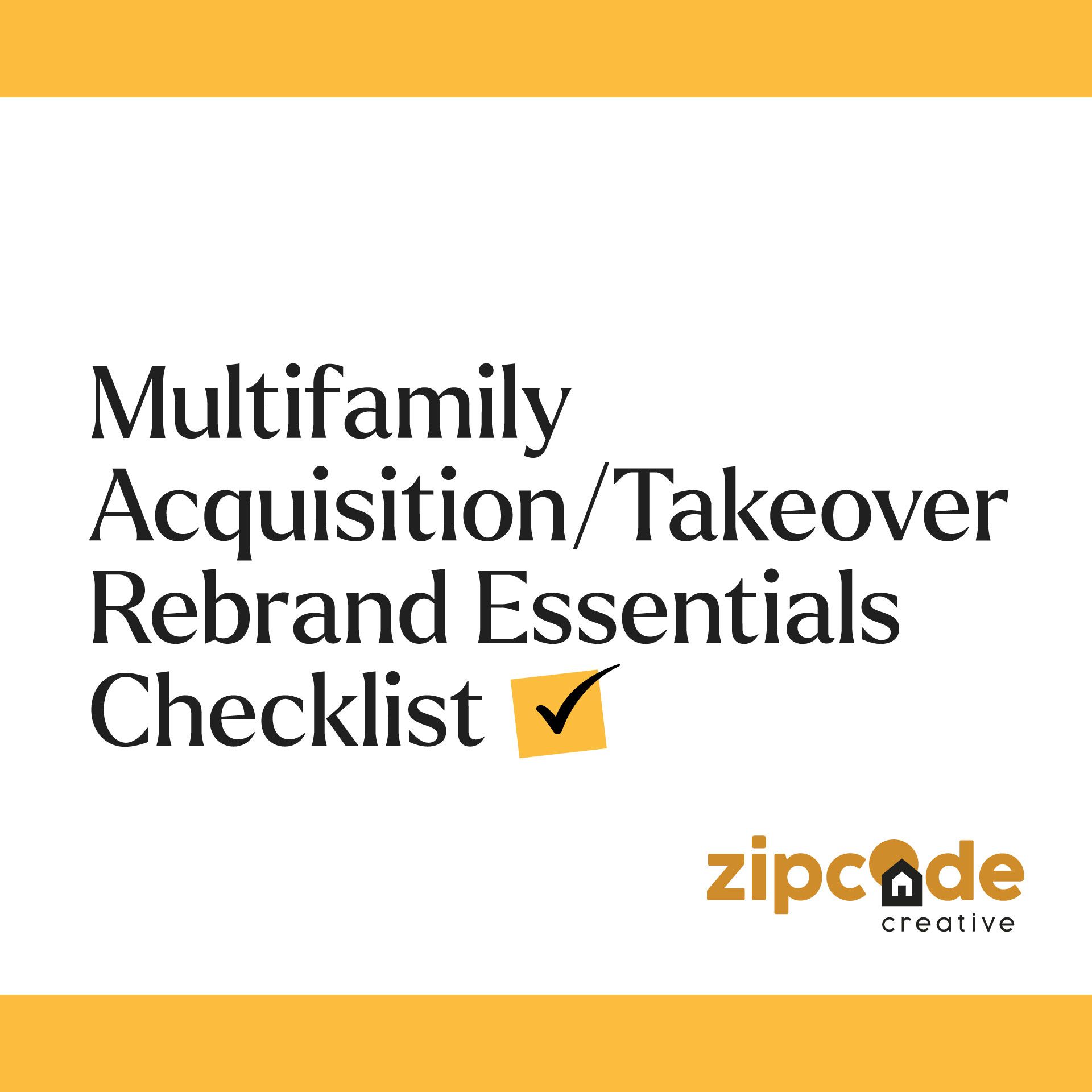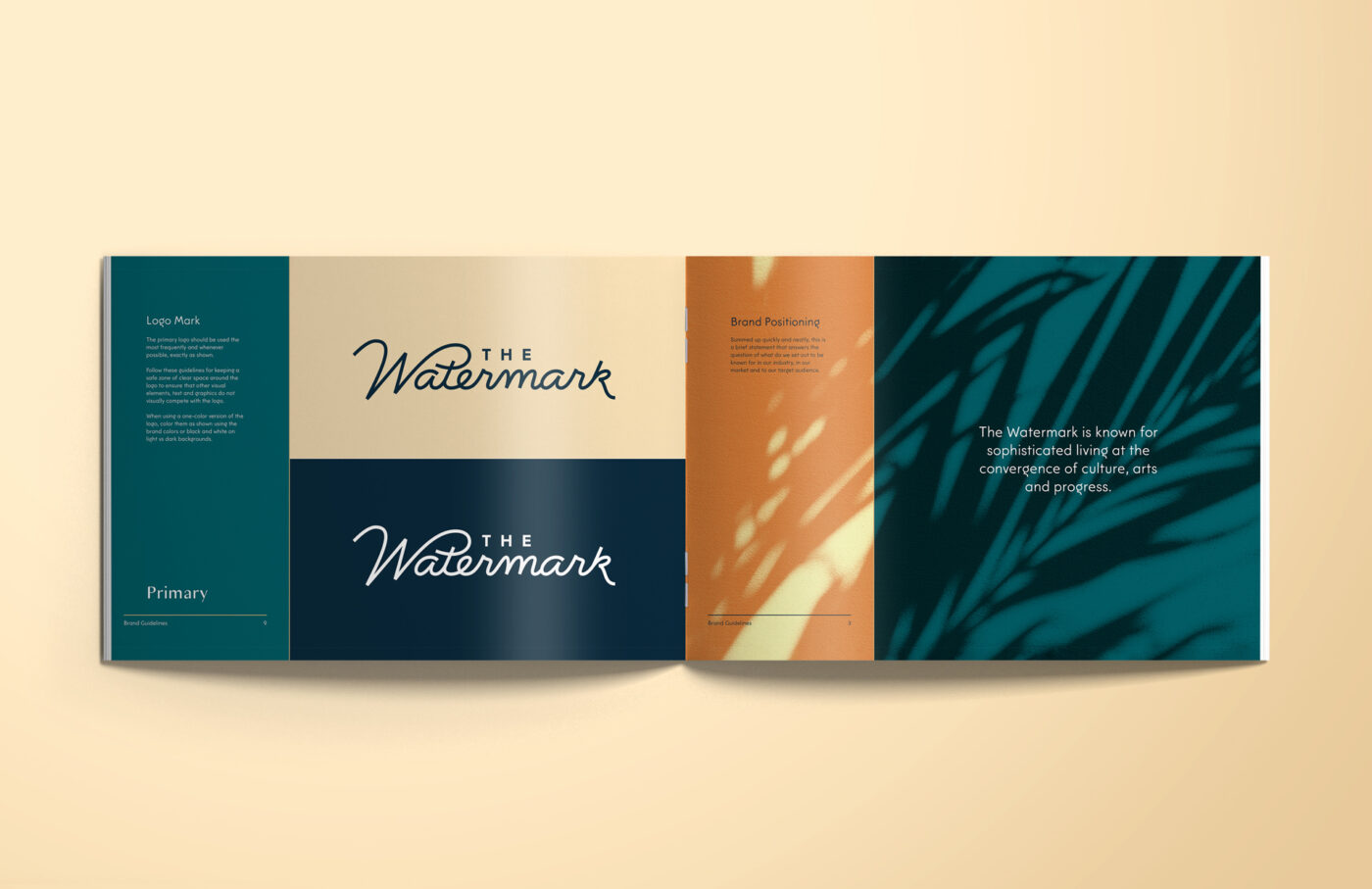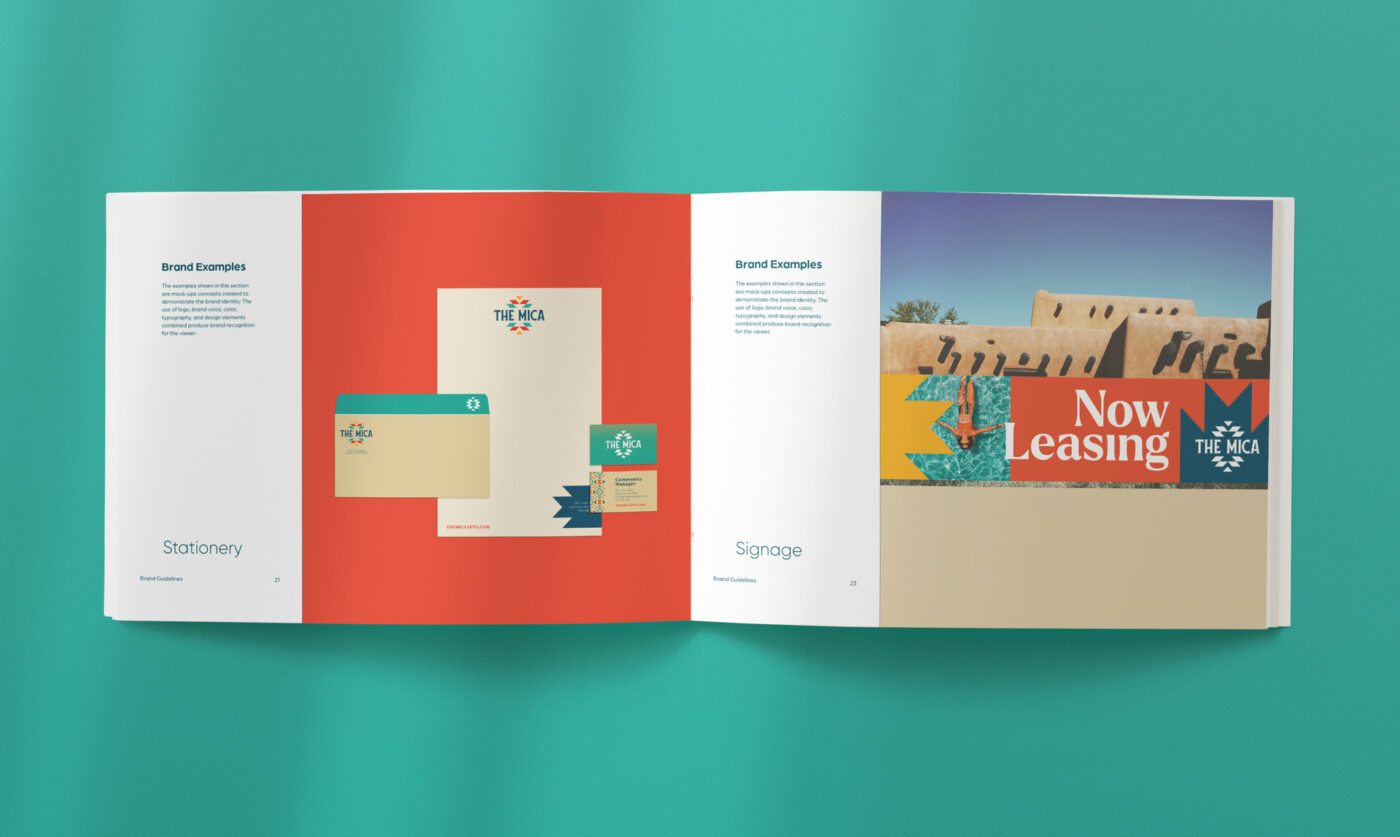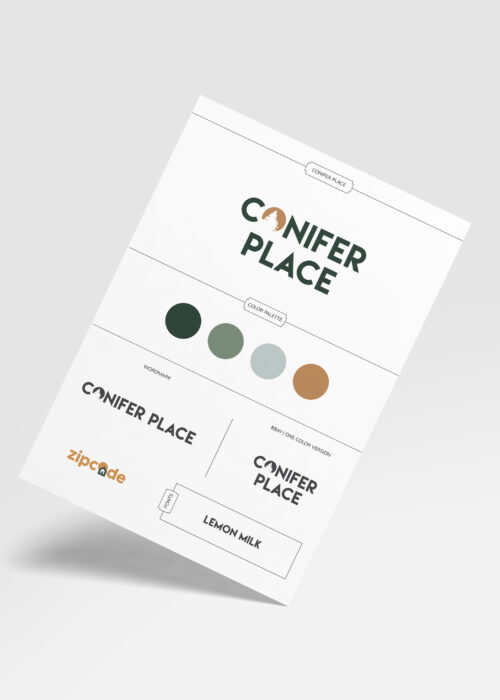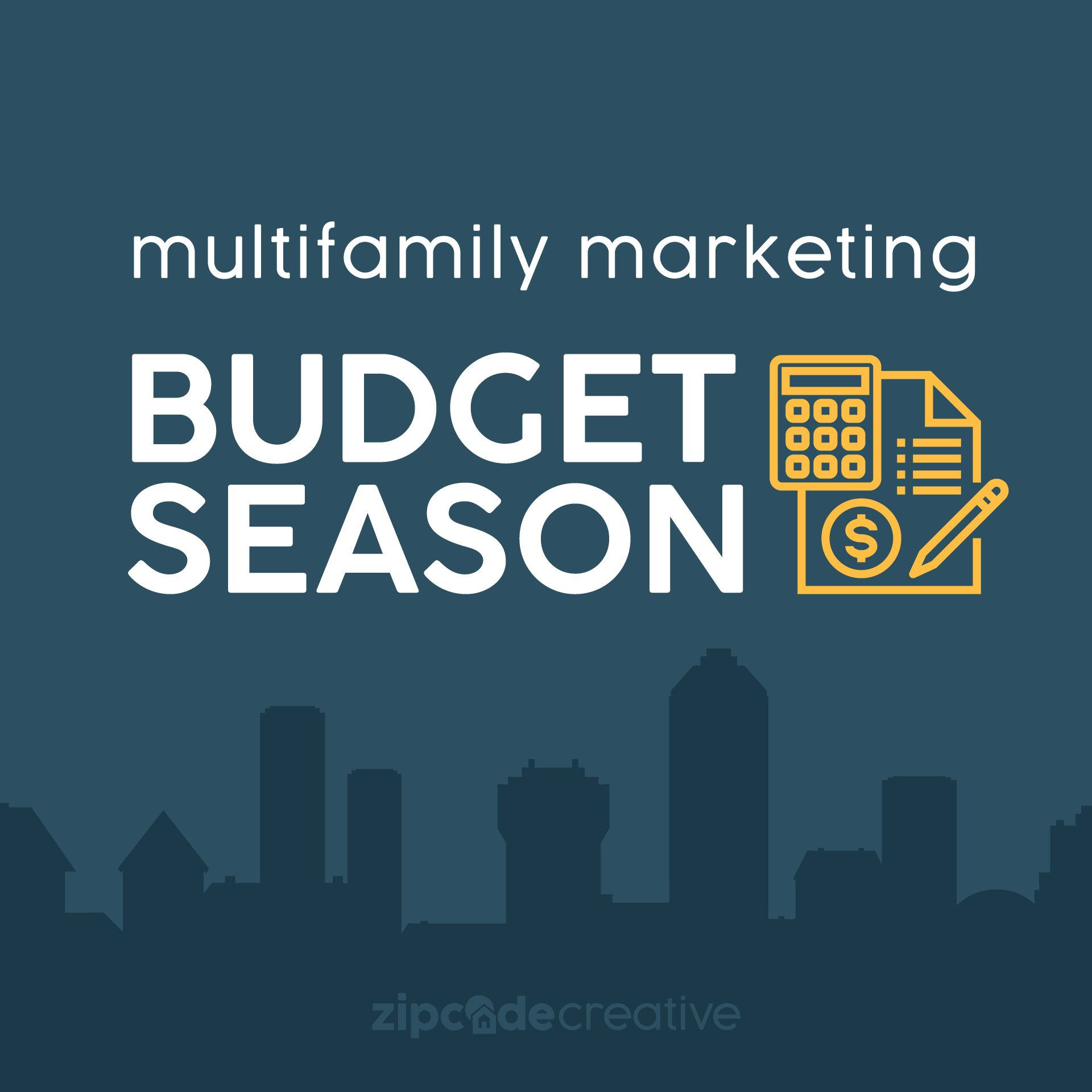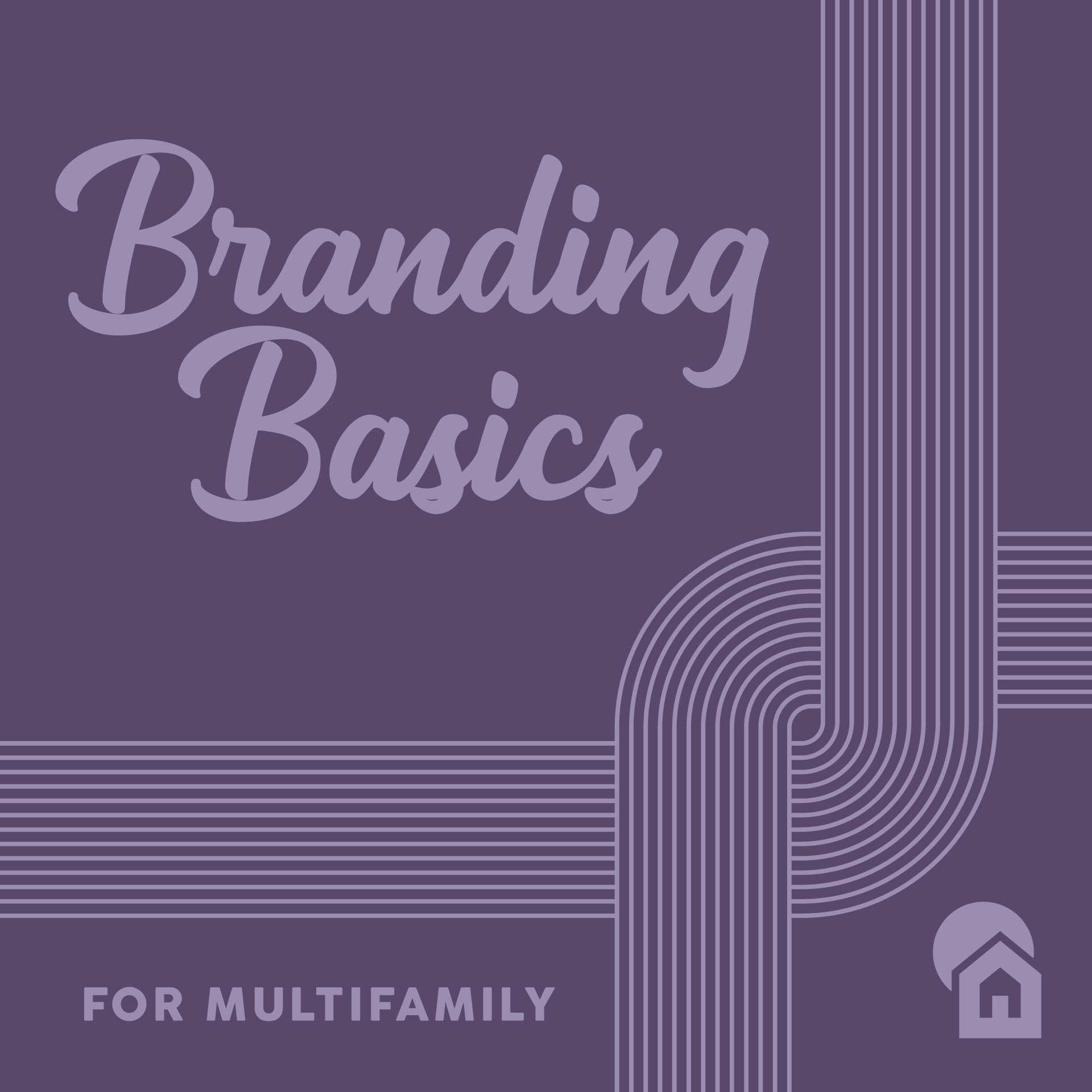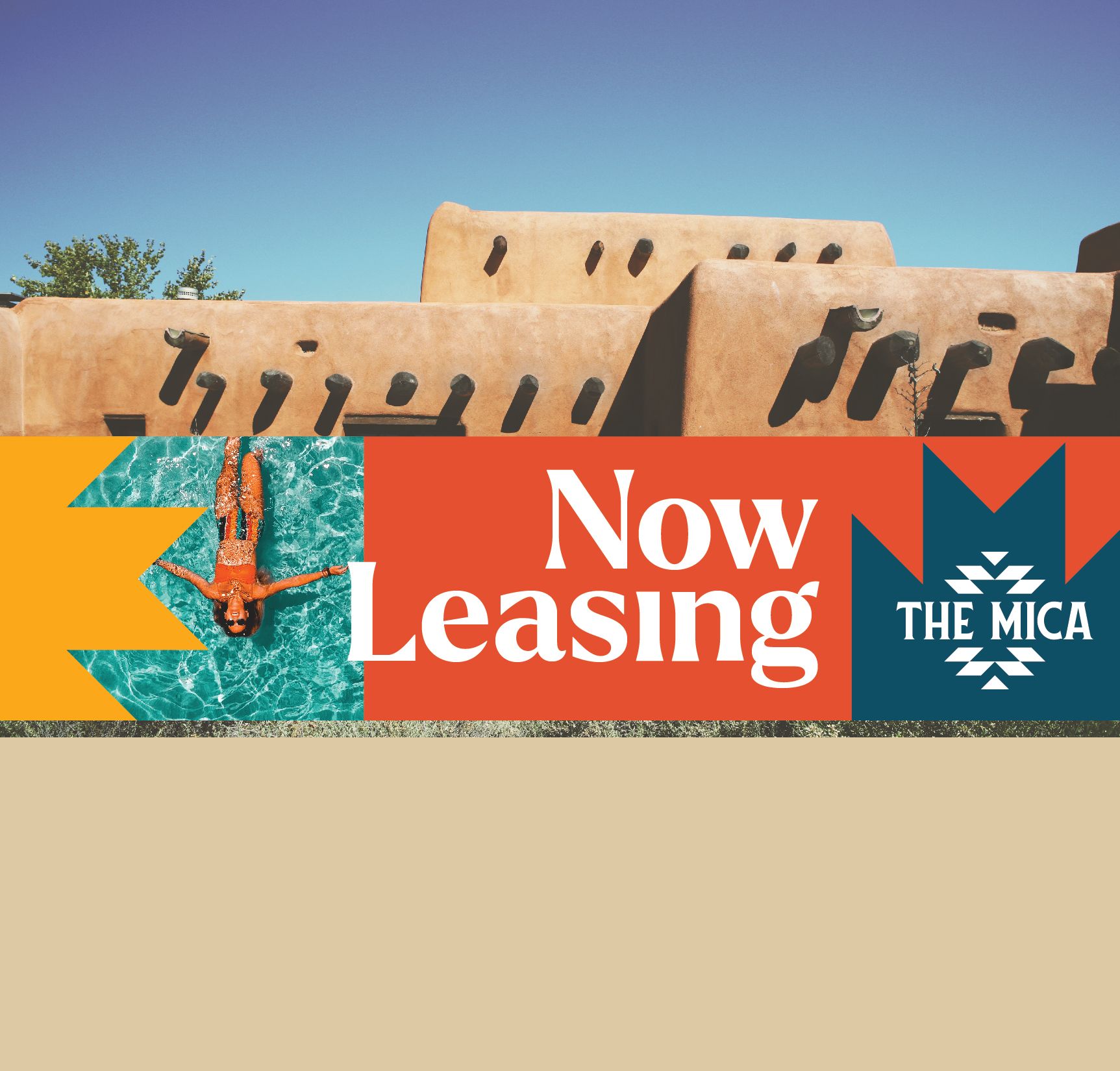Multifamily Takeover Acquisition Rebrand—Made Easier
So your company is taking over a community’s management. Or you’ve purchased a building and are now going to be responsible for management.
There are so many moving pieces. In the midst of all the hectic days and stress, remember:
Apartments are brands, too.
Along with that idea, you’ll need to consider how you can make the takeover/acquisition rebrand portion easy. After all, once boots are on the ground, all your new branding and marketing collateral materials have to be ready to go.
When it comes time to rebrand apartments, it’s a good time to ask a couple questions, like, “Do you need a fresh start?” If you’re doing a takeover (which is on our list!), you almost certainly need to rebrand. Leave the old brand behind and start fresh—especially if you need to boost the reputation of the place.
Get Help With A Takeover Acquisition Rebrand
You just got word that you’re taking over the management of an asset. You have a limited time to get this community up and ready for leasing with good branded marketing collateral too, if you want it to be and look successful. (We imagine you do.) If your company is buying the building, you may have as little as 30 days in escrow to get everything done. Branding has to happen quickly. And we know you have a lot of other operational items that need to get aligned, too.
Sounds like you need help. If only there was a collection of things to think about, and a checklist of Takeover or Acquisition Branding Essentials!
Considerations When Rebranding a New Acquisition
When you’re working through a takeover or acquisition rebrand, pay attention to the details and keep everything organized. Your legwork on this now will pay off in the future.
MAKE A LIST
Most of the details below have to do with how much you’re changing. Are you renaming the brand? Are you doing a logo refresh? Those are two opposite ends of the spectrum when it comes to a takeover. Create a list of everything you need, especially what you think you need for the rebrand (our list of essentials is down below!)
RENOVATION & INTERIOR DESIGN ALIGNMENT
If you’re renovating—how will this align with the brand? Does it still work? Maybe a logo refresh works here if the renos are smaller. Possibly not.
When you’re renovating, suddenly you’ll be making a lot of choices around flooring, paint, furniture, and textiles. So you’ll also be hiring an interior designer. Trust us: Interior design + branding are a match made in heaven. They should work together, lead from one to the other. Clearly related and connected. If you’ve hired an interior designer, it will be vital to have that design tie in well with your branding, from textures and colors and patterns, to “vibes.” Apartment branding inspired by interior design just sings.
If you’re renaming the community, you’ll want to consider how that will impact your interior design, what that will look like in your visual and verbal brand identity, and how many things you’ll need to add to the to-do list as well as the budget.
Likewise, pay attention to how a value-add (renovation) may impact your Property Class, as this should be reflected correctly in your branding, too. Keep reading.
PROPERTY CLASS-APPROPRIATE
This is so important, we wrote a whole blog about it. Make sure your branding is appropriate for your property class. Avoid false representation and don’t make your C-Class property appear to be an A-Class (luxury) property if it isn’t. Stay in your lane with the branding. If you need a guide on apartment branding by property class, we have one for that, too.
CREATE A BUDGET
Lots of things to consider. Lots of things added and subtracted from the list. Now that you have your list of to-dos and know what you likely need for the property’s rebrand, see how much those to-dos are going to cost. (Check out our super helpful multifamily marketing budget here). Transparent pricing and a la carte options make everything easier—you can see exactly how much a logo refresh will cost versus a new logo.
Acquisition Rebrand Essentials Checklist
If you just need a checklist for the apartment takeover rebrand around the corner, we get it. Here she is!
SAVE IMAGE:

- NAMING
-
- Pick a Strong Apartment Name—(or keep the old one if it’s working)
- LOGO / BRANDING
- Logo Modernization/Refresh (if you’re not renaming)
- Custom Logo Design (especially if you’re a Class A)
- Brand Visuals
- Brand Voice
- FLOOR PLANS / SITE MAP
- Gather all digital files from the previous company including photography, floor plans, and site maps.
- None? Create site maps from scratch.
- Take it up a notch. Go from black & white to color, or from 2D to 3D floorplans!
- MARKETING COLLATERAL
- Decide if you want printed handouts or digital (or both?)
- Ensure you have:
- Brochure
- Floor Plan Sheets
- Rack Cards
- Stationery
- Business Cards
- Folder (to hold it all)
- Still feel like you’re missing something? Check our post on Apartment Welcome Packets for more inspiration on what to provide a new resident you’re onboarding.
- TEMPORARY SIGNAGE
- Announce a change in management, your new branding and a bump in curb appeal, use:
- Building Banners
- Bootleg / Bandit / Yard Signs
- Flags
- Consider directional signage—all of the above can help.
- Announce a change in management, your new branding and a bump in curb appeal, use:
- WEBSITE
- Choose a Layout/Style:
- Template – through your PMS or an industry provider (like Jonah Digital)
- Custom – we can help!
- Copywriting – For a rebrand, make sure your brand voice comes shining through with custom copywriting from a pro
- Choose a Layout/Style:
- EXTRA CREDIT
- Stickers – turn up the fun and slap your brand on anything you can!
- Review/Referral Cards – This shows how much you care.
- Direct Mailer Campaign – Get leads from your comps.
